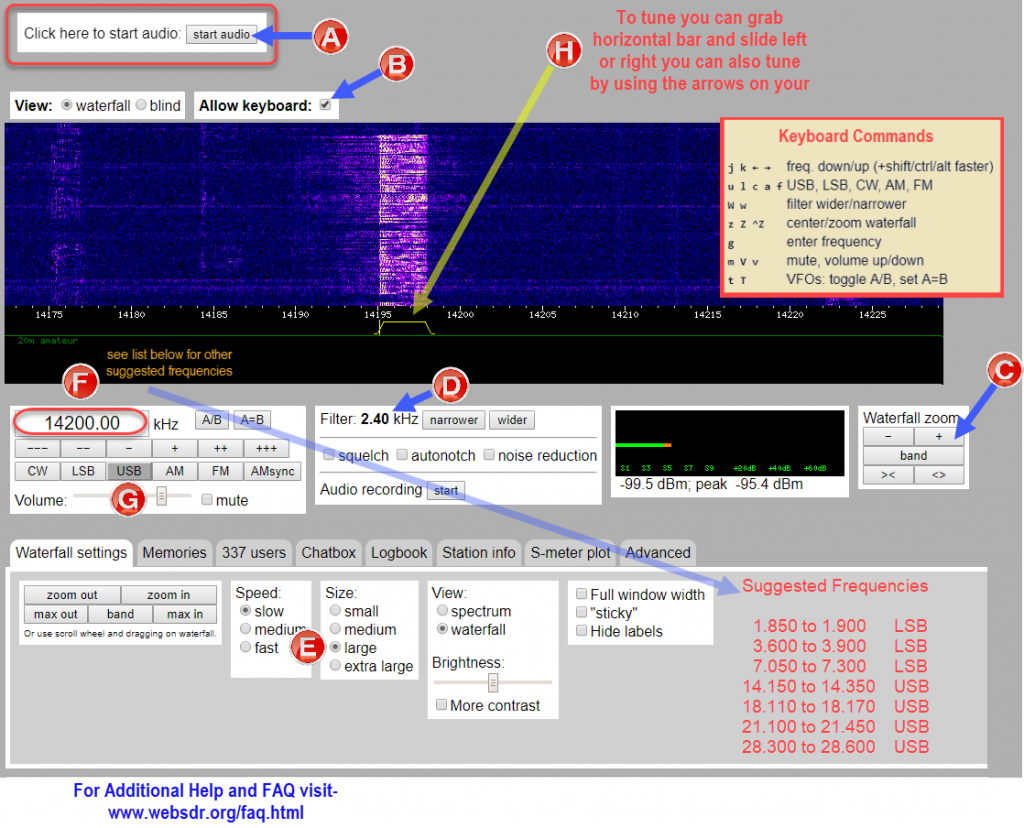Based on previous articles in Amateur Radio magazines and on-air conversations, many of you, like me, may have gotten into Amateur Radio via Shortwave Listening (SWL). Some of you may even have participated in the “WPE” Monitor Registration Program sponsored by Popular Electronics magazine. Many us of started with a multiband radio that our parents owned. Then we moved on to a stand-alone shortwave receiver (maybe even one we built ourselves). I still have one of these Graymark All Band Radio Kits (I built it over Christmas break while in junior high school in the 1970s).

While the number of worldwide shortwave broadcast stations has decreased in both numbers and variety, the opportunity to listen to Ham Radio stations has not decreased. As many of you remember, most of the radios we used for SWL were not well-suited for listening to Ham bands. The lack of Beat Frequency Oscillators (BFOs) and poor selectivity were just two of the problems with these radios. Also, our much lower-powered Ham signals are not in the same class as commercial stations that use tens of kilowatts, so whip antennas on portable SWL radios just do not cut it.
Fortunately, I have a solution to these problems: Software Defined Radio (SDR). SDR can provide a youngster with a way to recreate some of the magic we had with SWLing but with no cost, no need for an outside antenna, great selectivity and filtering, no storage problems, and the ability to listen almost anywhere. Here are a few online SDRs for you to share with the youth in your life. Most of these will work on any Internet-connected device—computer, tablet, Chromebook, or phone.






Let’s start with “Wide-band SDR”. This receiver is located in the Netherlands, so it is very easy to hear a wide variety of both European and U.S. Ham stations.

The next link is a helpful guide to using SDRs, including suggested frequencies to find Ham Radio operations. The next three are links to collections of SDRs (over 75 in total): www.websdr.org, www.globaltuners.com, and http://farnham-sdr.com. The last link, SWLing.com, is a general how-to shortwave radio listening guide.
Of course, these online radios are not a substitute for a physical (real) radio and antennas that a student can learn to use to receive and hopefully eventually transmit on, but they can be a great gateway. In addition to sharing these links with youth, make sure you follow up with further support, chances to use real radios, opportunities to assemble simple radio kits, etc.
A great follow-up might be one of the many introductory books on radio, electronics, and/or licensing manuals available from DX Engineering. Here is just a sample for potential new Hams:
- Ham Radio School Technician Class License Course Book (HDS-TECHBOOK2022)
- ARRL – Electronics for Dummies 2nd Edition (ARR-0196)
- ARRL’s Basic Radio (ARR-9558)
- ARRL Your First Amateur Radio HF Station
- ARRL’s Operating Manual 11th Edition (ARR-0598)

